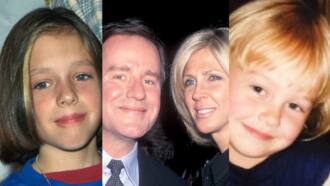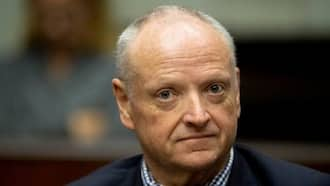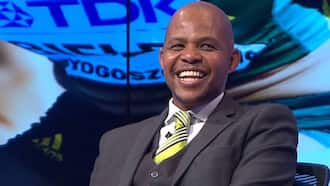Hector Pieterson: The untold truth of the 1976 Soweto Uprising
The struggle to end apartheid rule in South Africa was not as easy as it sounds. It involved bloodshed in the hands of the cruel oppressors. The Soweto Uprising was one of the instances that had the most significant influence on the struggle. Innocent lives like Hector Pieterson's were lost.
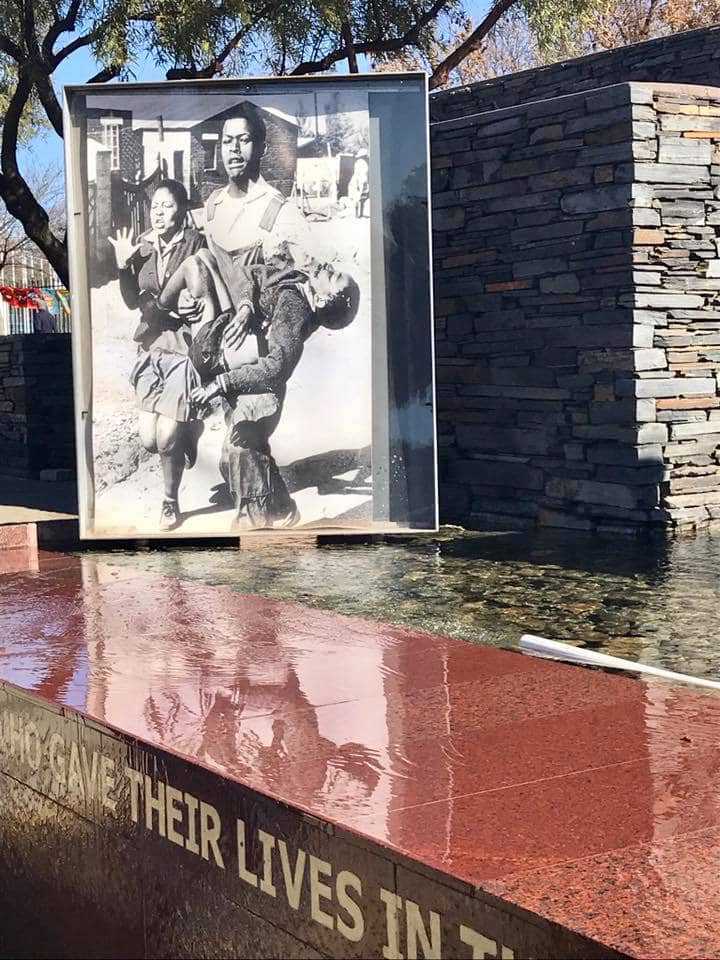
Source: UGC
The freedom that most people enjoy today did not come easy. It involved a series of protests that led to the Soweto Uprising. During the event, most innocent people lost their lives, including Hector Pieterson. The pictures of his dead body being carried stirred emotions in the country. His life and others who died during the demonstration are celebrated on the 16th of June as the National Youth Day.
Pieterson's early life
Hector Pieterson was born to Vivian Pieterson and Dorothy Molefi in 1963. He was born and raised in Soweto, South Africa. Although Hector was his mother's only male child, he had four stepsisters, including Antoinette Sithole and Sina Molefi. He shared the same father and mother with Lulu Pieterson.
According to the mother, Hector was a lovely boy whose smile brought joy to her heart with his teases and cleverness. He attended the same school as his stepsister, Antoinette. Whatever dream he had was about his education was cut short during a student-organised protest in 1976.
How old was Hector Pieterson when he died? Hector Pieterson's age was 11 years old. He was killed on the 16th of June, 1976.
Why is Hector Pieterson famous?
Hector Pieterson is associated with the Soweto Uprising. He became the iconic image of the event after a photograph of his dead body being carried by his fellow student was published in several newspapers. He was among the people who lost their lives as they revolted against using the Afrikaans language in school.
The conditions of his death are what drew the attention of most people. The post-mortem conducted to ascertain Hector Pieterson's cause of death stated that he had been shot directly at a close range. The police said that the bullet that led to Hector Pieterson's death had hit the floor before bouncing off it to kill the boy. How many times was Hector Pieterson shot? No one can give a specific answer.
So, is Hector Pieterson still alive? He is dead but has become a symbol of freedom in the new South African democracy after the event. Nevertheless, so many controversies surround the right to use his name. Hector Pieterson's sister, Lulu Pieterson, thinks she is entitled to royalties from any business that uses her brother's name or picture.
When the photographer, Sam Nzima, brought the photo he took to his boss at work, they decided to share it with the rest of the world. As a result, information about Hector Pieterson spread like wildfire after it was used as the headline for newspapers. The rest of the world could not turn a blind eye to apartheid any longer after beholding Hector Pieterson's face in the news.
What led to the Soweto Uprising?
In 1975, the minister in charge of the Bantu Education Department, M.C Botha, initiated a policy. He wanted to ensure that secondary school pupils use the Afrikaans language. According to Hector Pieterson's sister, Antoinette Sithole, schoolwork was already challenging despite being taught in English.
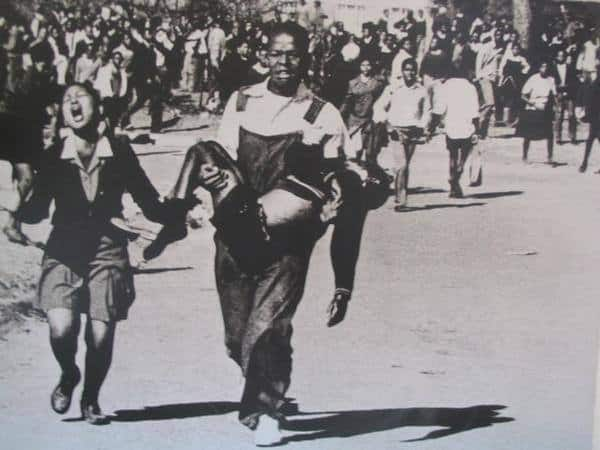
Source: UGC
The students felt it would be more challenging if they have to learn all their subjects in Afrikaans, a variation of the Dutch language. Therefore, those in Soweto resolved to organise a march against this regulation.
The protests by the Soweto Uprising began on the 16th of June, 1976, and spread to the rest of the country, thereby changing its social characteristics. The Black Consciousness Movement (BCM) and the South African Students Organisation (SASO) were formed to raise the political consciousness of the black South Africans.
On the 16th of June, 1976, 3,000 to 10,000 students mobilised by the South African Students Movement's Action Committee started a peaceful demonstration. They were under the support of the BCM and revolted against the list of apartheid laws that did not favour the black South Africans. They planned to march to the Orlando stadium, where they would have a rally.
The government was against the protest and ordered the protesters to disperse, which they flagrantly disobeyed. To inflict fear on them, the police resorted to lethal force. Pandemonium broke loose after the police began to shoot teargas canisters and live bullets at the students.
As the news about the protest in South Africa was reported, the images of police officers firing ammunition at the students were exposed. Among those that lost their lives and have their pictures shared is Hector Pieterson.
The pictures were taken by a photographer known as Sam Nzima, who somehow got information about the protest. He was a journalist for The World, a South African newspaper that catered to news about the black populace. Sam got to the protest ground and became famous for taking Hector Pieterson's pictures after a bullet hit him.
What happened to the guy who carried Hector Pieterson?
In the shared pictures, Mbuyisa Makhubo was the 18-year-old that appeared to be carrying the late Pieterson in his arms. Mbuyisa Makhubo was not part of the protesters initially but ran to help people when he heard gunshots. The photographer took a picture of him carrying a bloodied Hector with panicky Antoinette walking beside him.
Mbusiya ran into trouble because of his efforts to save the dying boy. His life came under threat by the security forces. They accused him of embarrassing the government by posing for a picture while carrying Hector's body.
The government continued to harass him until he reached a breaking point. One day, he disappeared from home and never came back. His mother said he sent a letter in 1978 to say he was in Nigeria and planned to go to Jamaica.
However, some sources reported that he was imprisoned in Canada for flouting immigration laws. This could not be established because Mbusiya used different names since he went into exile. No one knows if this Good Samaritan during the Soweto Uprising in South Africa is dead or alive.
Soweto Uprising effects
The uprising has given new perspectives to how situations and events are managed in South Africa today, although it ushered in good and ugly situations. The harmful effects include increased violence throughout South Africa.
Black South Africans were in constant fear of being terrorised and hunted by the government. People were labelled terrorists and falsely accused of belonging to proscribed groups such as the African National Congress, Pan Africanist Congress.
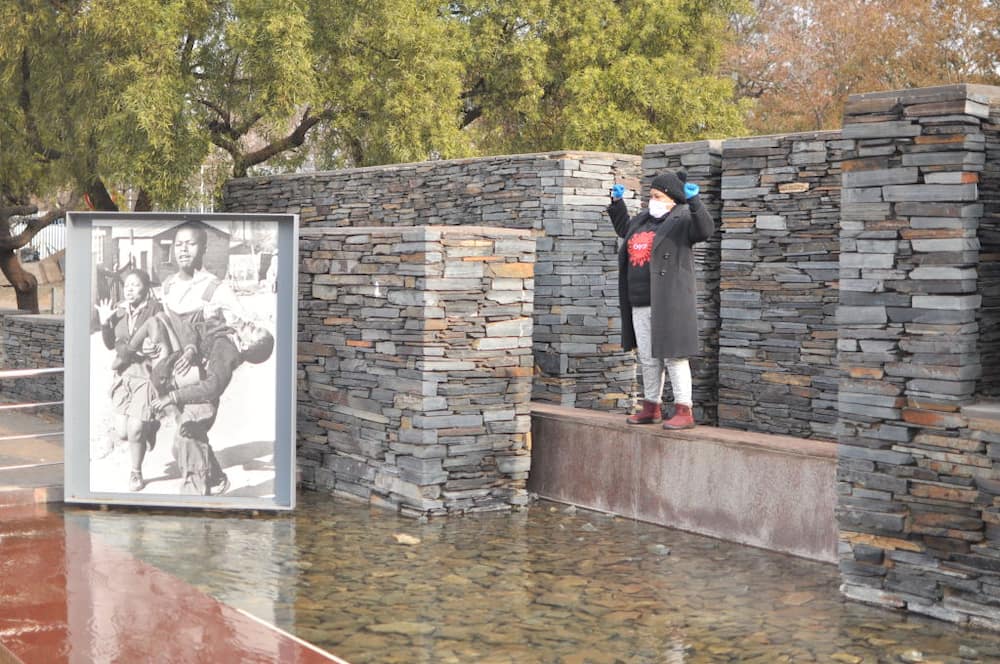
Source: Getty Images
However, the biggest gain from this protest, in the long run, was the end of apartheid. South Africans can now vote for a democratically elected government because of the struggle that was birthed after this. Several Soweto Uprising videos, including interviews with eyewitnesses like Sam Nzima, are available online.
Why is Hector Pieterson a hero?
It is because he lost his life while the youth were trying to express their displeasure. In the early 90s, the Hector Pieterson memorial site was erected, a few blocks from where he was shot, in Orlando, Soweto. Every 16th day of June, people gather at the block on Youth Day in South Africa to mark the day.
Later in 2002, The Hector Pieterson Museum was opened. The museum is situated behind the memorial site. His picture shared during the killing is carved on the monument site. The site is a significance of the struggle to end the brutal apartheid rule and the cruel killing of innocent students whose motive was to be heard.
Masana Sam Nzima, the man behind the coverage of the South Africa protest and the 1976 Soweto Uprising, has also received accolades for being brave and taking risks to capture pictures during the event. He was among those that the policemen targeted.
Hector Pieterson is one of the young school children who lost their lives during the Soweto Uprising. The conditions of their death stirred an emotional atmosphere in the country. In commemoration of their death and their significance in the struggle to end apartheid in South Africa, the 16th of June has been set as a national holiday.
READ ALSO: 15 greatest African warriors that made history (with infographics)
Africa has many stories that this generation can learn from, including different wars that held in the past. As published on Briefly.co.za, the likes of Hatshepsut, Almamy Suluku, and Yaa Asantewaa are some of the greatest warriors. Find out from the post other warriors in the continent that made history.
Source: Briefly News

